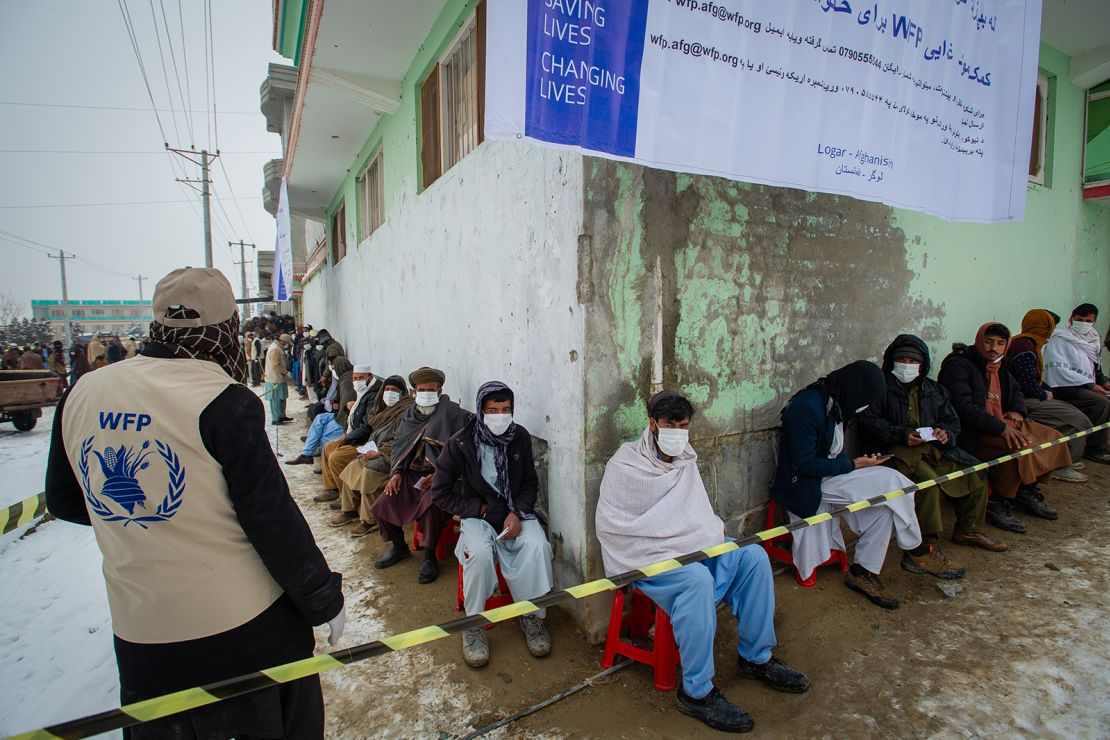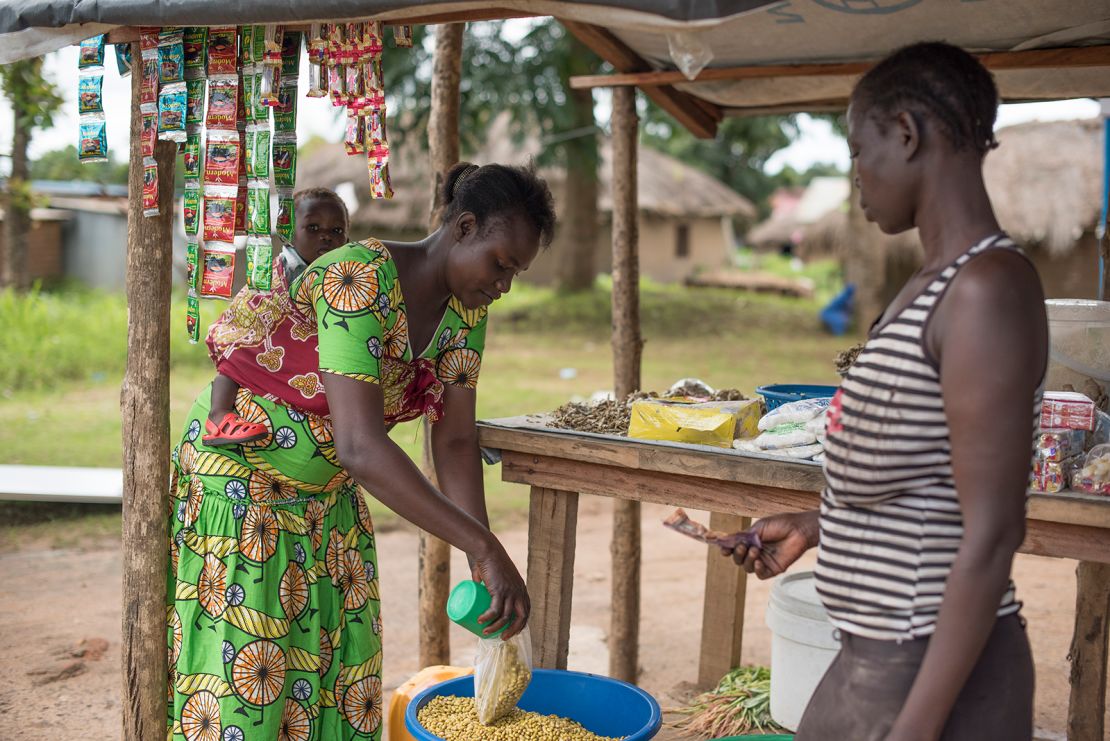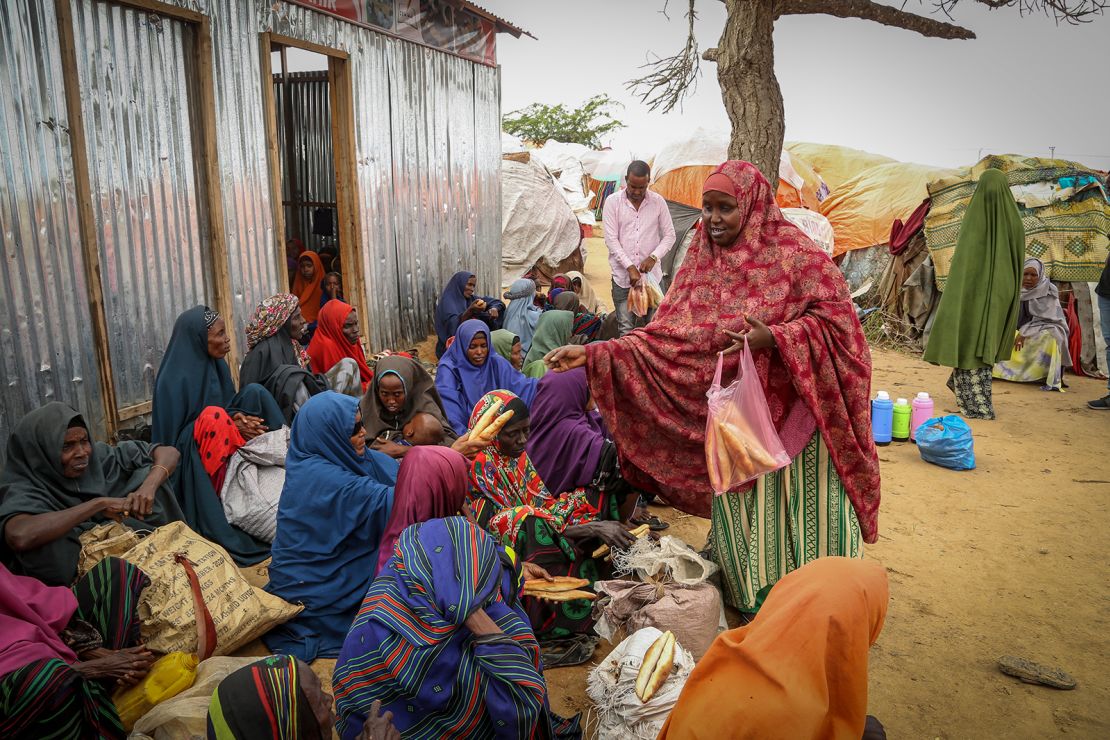“We are in crisis mode.”
Those are the words of World Food Program USA’S Barron Segar, when asked about the state of world hunger.
“There’s a sense of urgency and a sense of acting now or we’re going to see the world slip into a famine and we’re literally going to see millions of lives lost.”
Many countries have struggled with food insecurity and hunger problems in the past, but recent events like the war in Ukraine have exacerbated these issues.
The numbers so far in 2022 are staggering. The UN estimates 345 million people around the world are facing acute food insecurity. That’s almost the equivalent to the population of the United States.
According to Marie Clarke, Chief of Programs from Women for Women International, those numbers are a 25% increase from January 2022, right before the start of the war in Ukraine.
“The last massive food price crisis and food crisis globally was between about 2008 and 2010. And at the time, they were setting a goal of zero hunger, by 2030. We were making a lot of progress,” Clarke said. “What we’re seeing right now, is this massive shift in the other direction.”
Segar from the World Food Program USA breaks down how parts of the world are now on the brink of famine in what he calls the “4 C’s of Crisis” – Conflict, Climate, Cost and Covid.

Conflict
The war in Ukraine put a major strain on the world’s food supply as both Russia and Ukraine are “breadbaskets” for countries in the Middle East and Northern Africa. Together they account for about 30% of the world’s wheat trade, which has largely been shut down since Russia’s attacks on Ukraine’s port cities like Odesa.
While there might not be any signs of the war ending soon, Russia and Ukraine recently signed a deal resuming grain exports from some of Ukraine’s Black Sea ports. The first shipment was just released this week.
But as Segar reiterates, the shipments need to go out quickly and smoothly.
“We’re (The World Food Program) on standby. The ships are ready. Our staff is ready. Our boots on the ground are ready. The consequences of us not getting this grain out swiftly are dire.”
It’s not just the conflict in Ukraine, however, that’s causing the hunger crisis to grow. In Afghanistan, an economy already on the brink, the Taliban takeover prompted the US and other countries to freeze an estimated $7 billion of the country’s foreign reserves .
Many in Afghanistan now rely on help from organizations like the World Food Program which estimates over 36 million people there lack sufficient food. That’s about 90% of the population.
Cost
The Ukraine war’s economic impact is global. Marianne Kajokaya and Angelina Ajonye with Women for Women International in South Sudan have seen the price of wheat rise almost 50% since the invasion began– 3,000 miles away. Maize flour, a staple in South Sudan, has tripled in price.
“The market has been changing very rapidly,” Kajokaya said. “I told [people], ‘You need to stock food in your houses.’”
Kajokaya said this jump in food costs forces many people to subsist on just one meal a day.
But inflation is also hurting people outside the market.
“What people felt most immediately was the cost of fuel because it was reflected in transport.”
Costs of fuel quadrupled and transport between cities doubled in some instances. For some families, the rising cost of living means they can no longer afford to send their children to school and in some cases, not even afford lifesaving treatment. Kajokaya said that malaria treatment costs about $10, but “for somebody who makes less than $1 a day, it can be really tough.”
“We see lives that could have been saved, just perishing simply because people can’t afford to buy medication.”

Climate
The cost of war is also felt in countries like Somalia where a large portion of wheat comes from Russia and Ukraine. But climate change is another key factor that has the Horn of Africa on the verge of famine. Somalia has suffered four consecutive failed rainy seasons and there’s not much hope that the upcoming rainy season in October will bring relief.
Wafaa Saeed, UNICEF Somalia Representative said the drought they are currently experiencing is unprecedented.
“80% of the country is either in extreme or severe drought,” Saeed said. “I’ve spoken to people who have said they have never seen a drought like this in their life.”
UNICEF estimates there are 1.5 million children in the country that are malnourished and 7 million people that are acutely food insecure. That’s about half the country.
“People have nothing to feed on. Their livestock has died. They have no jobs. They cannot grow food and can’t buy food,” Saeed said.
On top of that, inflation from the war in Ukraine has caused the price of food, fuel and water to increase dramatically, leaving many desperate for help.
Saeed said some people have walked nonstop for days on end in search of help. With the effects of climate change continuing to grow however, drought is “becoming the norm.”
“It is not going to go away,” Saeed said. “We have to invest in a longer term response to build the resilience of the people.”
Aid in water management and drought assistance are key factors in helping people “get back to normal lives” and be able to provide for their futures.

Covid
More than two years into the pandemic, the ripple effects (and illness) are still reverberating around the world. It has touched nearly every part of daily life, affecting not only health and healthcare but also shipping, workforces and the overall economy.
“You can’t farm if you’re sick. You can’t process food if you’re sick. You can’t transport food if you’re sick. The big shipping supply chain disruptions messed up our ability to get access to food,” Marie Clarke from Women for Women International said. “There were a lot of markets that closed sometimes because the state or the country would shut the market down because of a Covid rise or surge.”
The pandemic forced almost 100 million people into poverty according to some estimates, and the amount of people going hungry increased 150 million from 2020 to 2021. While much of the world is still working its way back from the pandemic setbacks, new variants of Covid continue to disrupt everyday life.
How to help
World hunger is a big problem but there are small steps you can take to help alleviate the food crisis. Shop for and eat local foods, support small farmers and cut down on food waste.
There are also many organizations around the world providing food and assistance. You can support those organizations here or by clicking on the button below.





